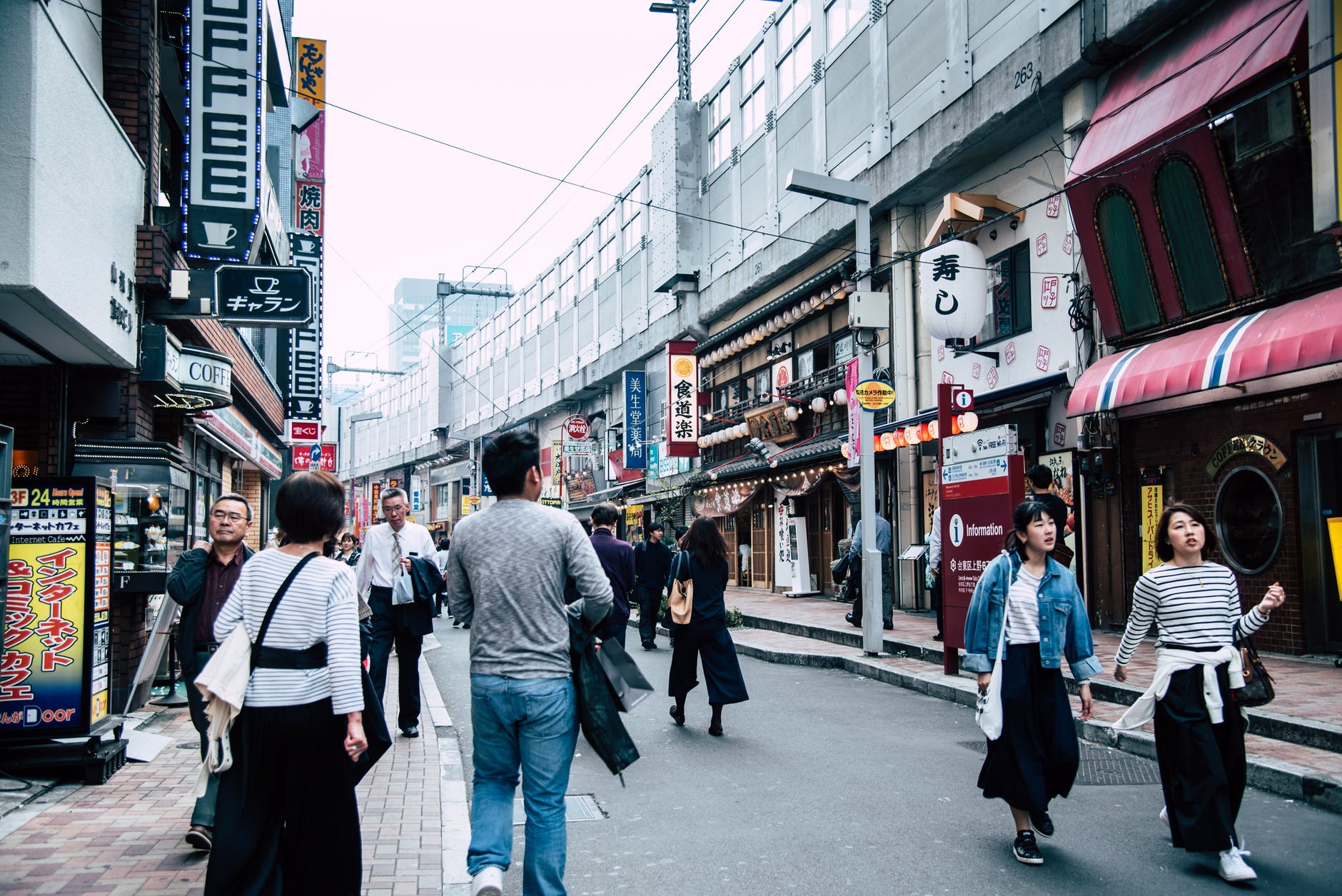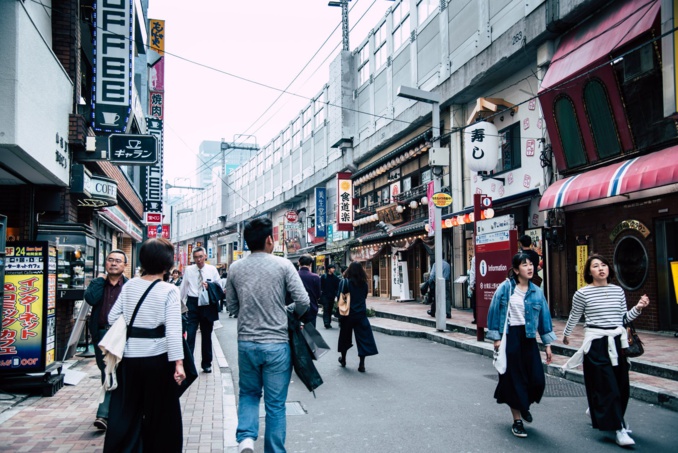The Ministry of Internal Affairs of Japan announced another unpleasant statistics: last year, the country’s population decreased by more than 430 thousand people. However, this loss was partially compensated by a record influx of migrants, exceeding 161 thousand people in 2018. Yet, despite the newcomer foreigners, the rates of population decline have set a new anti-record - 0.21%. According to this indicator, Tokyo is among the anti-leaders, but still it is not a record one. This figure is even higher in some European countries with high migration level (Romania, Bulgaria).
The population of Japan now counts 126.4 million people. This is one and a half million less than the peak of 128 million, which was recorded in 2010.
"The main reason for the rapid decline in the population in Japan is not the low birth rate," explains the professor of economics at the National Institute for Political Studies Akihiko Matsutani. The increase is mainly explained by growing death rate.
Matsutani recalls that before the Second World War in Japan there was a surge in fertility caused by requirements of wartime. Now these people are reaching old age and are dying in large numbers.
Particularly severe population loss is noted in the countryside, which is also experiencing migration outflows to the cities. A significant role is also played by the rapid aging of the Japanese. In a number of northern prefectures, for example, in Aomori and Akita, the population is decreasing at a rate higher than 1% per year. In many villages, there are almost no residents under 70 years old. The streets with shops with boarded up windows and doors that will never open again are becoming commonplace in Japanese villages.
Meanwhile, demographers predict that the level of deaths due to the aging of the population will grow steadily and reach a peak somewhere by 2030. But even after 2030, the population will continue to decline. This time due to low birth rate.
The National Population Institute predicts that Japan will be losing 900 thousand people each year by the middle of the century, which is equivalent, for example, to population of a city like Glasgow.
From October 2017 to October 18, 944146 babies were born in Japan, and 1,368632 people died. For comparison, these figures were 1073663 and 1256387, respectively, in 2011. Calculations show that a pace like that will result in a decrease to 50 million people in a hundred years, i.e. will return to the level of the early 20th century.
Another big problem of the decline is that it is accompanied by an aging population. This puts a very strong pressure on the financial system. Every year, it becomes more difficult to maintain the care for the elderly at the proper level.
Unfortunately, a record increase in the number of foreigners is not helping. Their number reached a record of 2.2 million people in 2018. The strong economy and changes in immigration legislation carried out by the government of Shinzo Abe led to an influx of workers from other countries. However, it is difficult to take into account their impact on the problem, because it is not clear how long they will stay in Japan. If they live there for many years and give birth to children, then there is a chance to stabilize the population in the distant future.
Now the majority of “guest workers” live and work in Japan under visas with a limited stay. Meanwhile, such visas do not allow them to take families with them. In turn, Japanese authorities are gradually beginning to facilitate the obtaining of a permanent residence permit for highly skilled workers.
source: japantimes.co.jp
The population of Japan now counts 126.4 million people. This is one and a half million less than the peak of 128 million, which was recorded in 2010.
"The main reason for the rapid decline in the population in Japan is not the low birth rate," explains the professor of economics at the National Institute for Political Studies Akihiko Matsutani. The increase is mainly explained by growing death rate.
Matsutani recalls that before the Second World War in Japan there was a surge in fertility caused by requirements of wartime. Now these people are reaching old age and are dying in large numbers.
Particularly severe population loss is noted in the countryside, which is also experiencing migration outflows to the cities. A significant role is also played by the rapid aging of the Japanese. In a number of northern prefectures, for example, in Aomori and Akita, the population is decreasing at a rate higher than 1% per year. In many villages, there are almost no residents under 70 years old. The streets with shops with boarded up windows and doors that will never open again are becoming commonplace in Japanese villages.
Meanwhile, demographers predict that the level of deaths due to the aging of the population will grow steadily and reach a peak somewhere by 2030. But even after 2030, the population will continue to decline. This time due to low birth rate.
The National Population Institute predicts that Japan will be losing 900 thousand people each year by the middle of the century, which is equivalent, for example, to population of a city like Glasgow.
From October 2017 to October 18, 944146 babies were born in Japan, and 1,368632 people died. For comparison, these figures were 1073663 and 1256387, respectively, in 2011. Calculations show that a pace like that will result in a decrease to 50 million people in a hundred years, i.e. will return to the level of the early 20th century.
Another big problem of the decline is that it is accompanied by an aging population. This puts a very strong pressure on the financial system. Every year, it becomes more difficult to maintain the care for the elderly at the proper level.
Unfortunately, a record increase in the number of foreigners is not helping. Their number reached a record of 2.2 million people in 2018. The strong economy and changes in immigration legislation carried out by the government of Shinzo Abe led to an influx of workers from other countries. However, it is difficult to take into account their impact on the problem, because it is not clear how long they will stay in Japan. If they live there for many years and give birth to children, then there is a chance to stabilize the population in the distant future.
Now the majority of “guest workers” live and work in Japan under visas with a limited stay. Meanwhile, such visas do not allow them to take families with them. In turn, Japanese authorities are gradually beginning to facilitate the obtaining of a permanent residence permit for highly skilled workers.
source: japantimes.co.jp



















